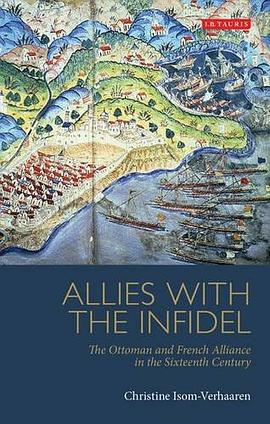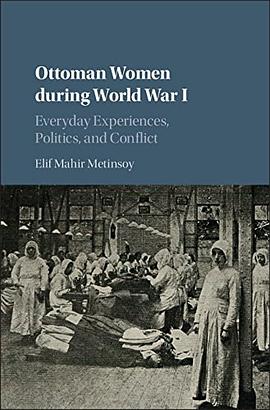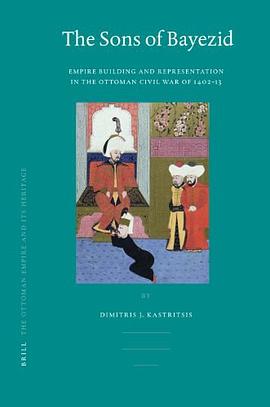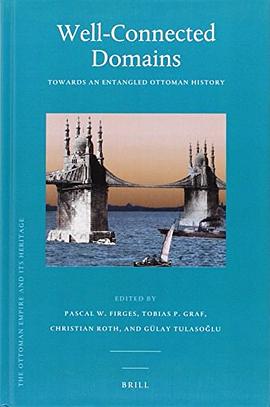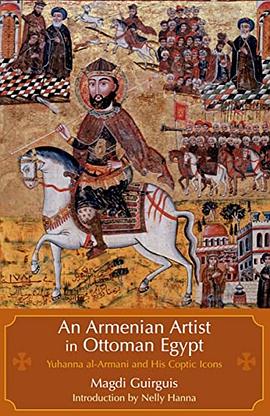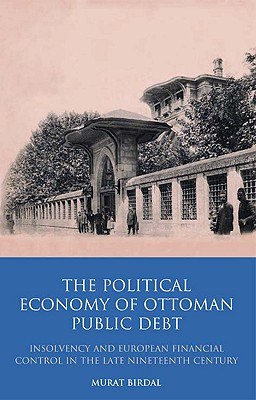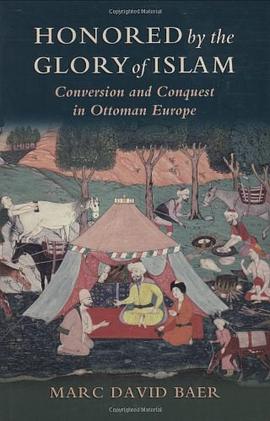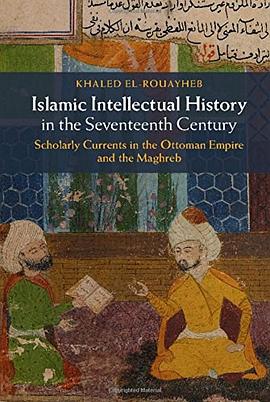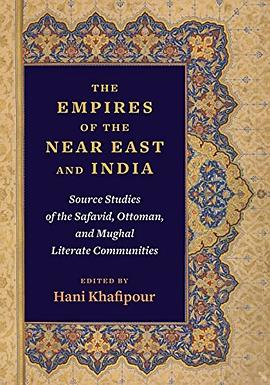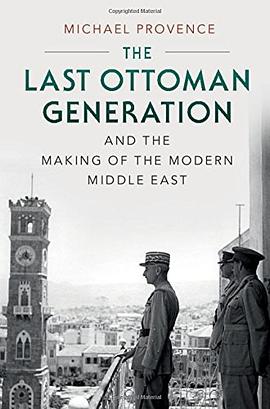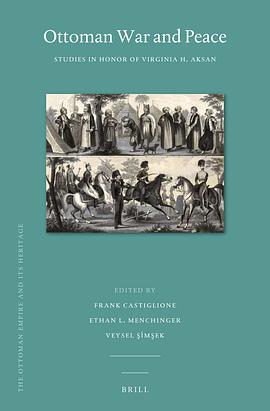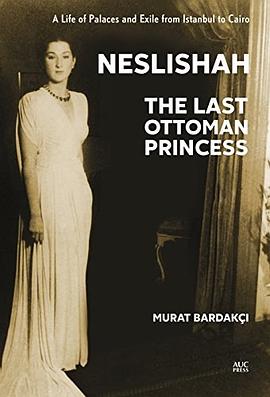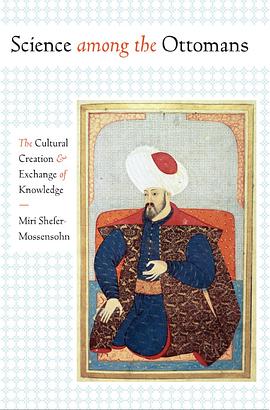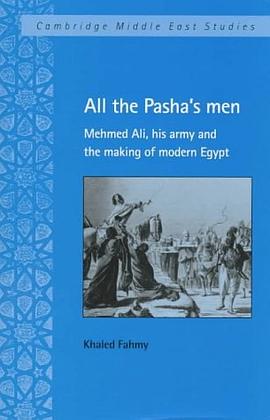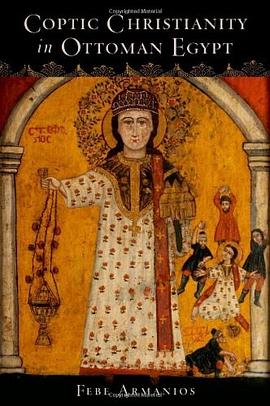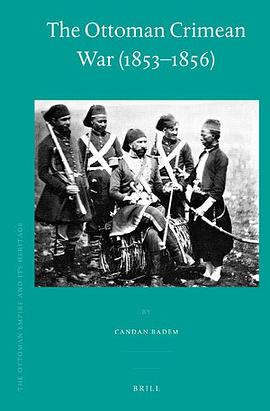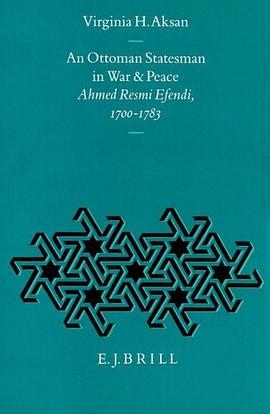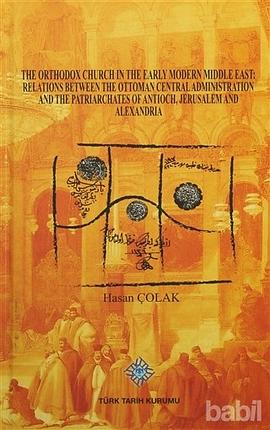

The study of the history of the Greek Orthodox Church in the Ottoman Empire has long been shaped by the model suggested by the proponents of millet system. In this model, the role attributed to the Eastern Patriarchates (Antioch, Jerusalem, and Alexandria) is one of submission to the demands of the Patriarchate of Constantinople and the Greek Orthodox lay elites called Phanariots. Hasan Çolak challenges this view by shifting his focus from the Patriarchate of Constantinople to the very relations between the Ottoman central administration and the Eastern Patriarchates. Introducing the concept of “patriarchal elites” which was formed in parallel to the Phanariot ?lay elites" against the infiltration of Catholicism, the author explains the centralisation of the Eastern Patriarchates at a time often referred to as an age of political decentralisation. Beginning to establish closer ties with the Ottoman central administration and the Greek Orthodox of Istanbul in the 18th century, the Eastern Patriarchs began to cooperate more with the Ottoman central administration than their partners during the initial periods of the Ottoman rule in the Middle East, namely foreign courts and semi-autonomous provincial rulers. The book is based on rigorous research on unpublished and unexplored Ottoman correspondence between the Ottoman central administration and the Eastern Patriarchates, published Greek patriarchal documents, and French missionary and diplomatic sources.
具体描述
读后感
评分
评分
评分
评分
用户评价
相关图书
本站所有内容均为互联网搜索引擎提供的公开搜索信息,本站不存储任何数据与内容,任何内容与数据均与本站无关,如有需要请联系相关搜索引擎包括但不限于百度,google,bing,sogou 等
© 2025 book.wenda123.org All Rights Reserved. 图书目录大全 版权所有

